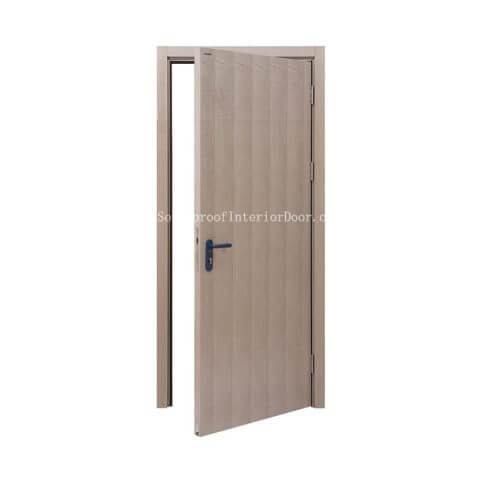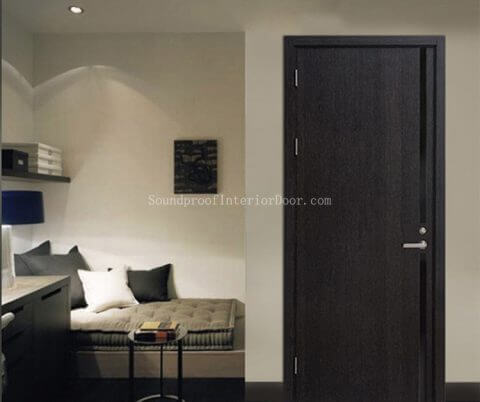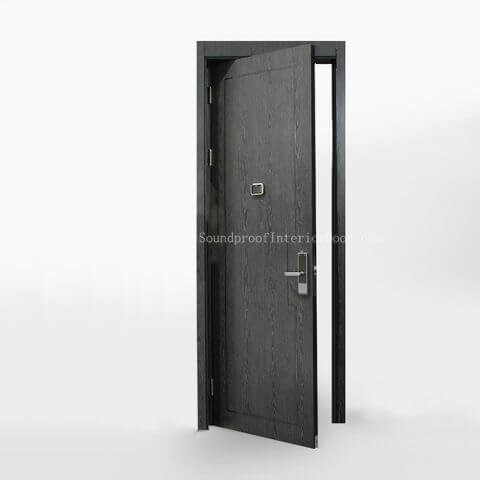Table of Contents
I. Introduction
II. Understanding STC Rating
III. STC Rated Doors vs. Regular Doors
IV. Benefits of STC Rated Doors
V. Choosing the Right STC Rated Door
VI. Conclusion
I. Introduction
In today’s noisy world, soundproofing has become an indispensable component of creating an enjoyable and peaceful environment. A key area where soundproofing has proven its worth is interior door soundproofing – whether for residential, commercial, or industrial settings it can dramatically enhance quality of space by blocking unwanted noise.
One method for measuring soundproofing capabilities of doors is through STC (Sound Transmission Class) rating. STC rating provides a standard system to quantify how effectively they reduce sound transmission; by understanding its concept and implications, one can make informed decisions regarding selecting suitable STC rated door to meet one’s soundproofing requirements.
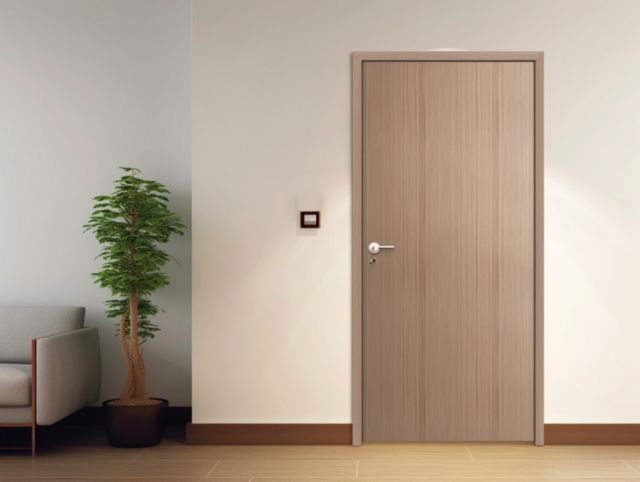
II. Understanding STC Rating
STC ratings measure the effectiveness of doors at blocking out noise. A higher STC rating means greater soundproofing; 20-60 ratings typically represent levels of soundproofing effectiveness.
To determine a STC door rating, various factors are taken into consideration, such as its material, thickness, construction method and sealing mechanisms. Laboratory tests are then conducted in order to measure how well it attenuates sound across different frequencies – this provides an standardized measure of soundproofing capabilities of that particular door.
Different STC ratings correspond with various degrees of soundproofing. Doors with STC ratings between 20-30 are suitable for basic sound reduction in residential settings where moderate noise levels must be reduced; on the other hand, higher STC rating doors (40-50 or above) provide more effective blocking out of loud noises, making them suitable for environments which demand a greater degree of sound insulation such as recording studios, conference rooms or medical facilities.
Understanding door STC rating and their soundproofing capacities helps individuals make informed decisions when selecting door STC that best meets their specific needs. We will explore more in the following section about the differences between STC-rated doors and regular ones; showing why STC rating door provides superior soundproofing performance.
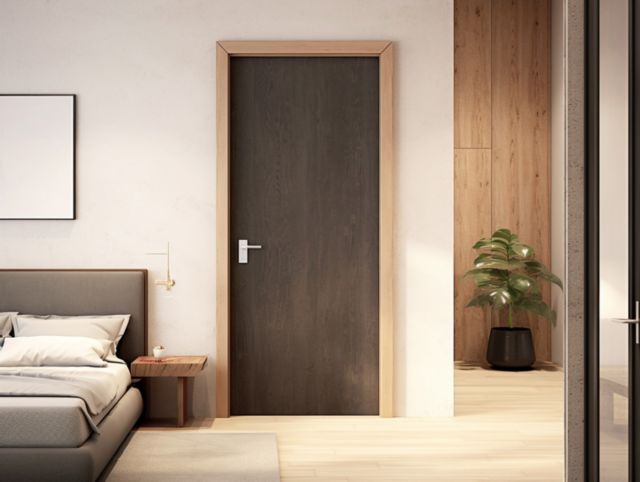
III. STC Rated Doors Versus Regular Doors
Soundproof doors with STC 45 ratings offer distinct advantages when it comes to soundproofing, thanks to their construction and design features that contribute to higher STC ratings – and ultimately their ability to reduce noise transmission effectively.
STC Rated Doors
High STC doors are specifically engineered to reduce sound transmission through various innovative techniques. One major difference from regular doors is that STC 45 doors typically utilize dense materials and multiple layers, as well as solid core construction with dense materials like wood or composite materials that absorb and block sound waves more effectively than hollow core construction would allow.
High STC interior doors may include other sound-absorbing materials, such as acoustic foam or insulation, to further increase noise reduction by absorbing sound waves and dampening them down. These additional soundproofing elements add another level of noise reduction.
Design of high STC door includes features to reduce air gaps and enhance sealing. Proper sealant installation around the perimeter helps block out sound when closed, contributing to better soundproofing performance and helping prevent sound leakage from the edges of the door. High STC doors often incorporate weatherstripping or gaskets for tight sealant when closing, helping create an effective noiseproof barrier against sound leakage around its edges. This helps ensure sound is blocked out completely for increased soundproofing capabilities.
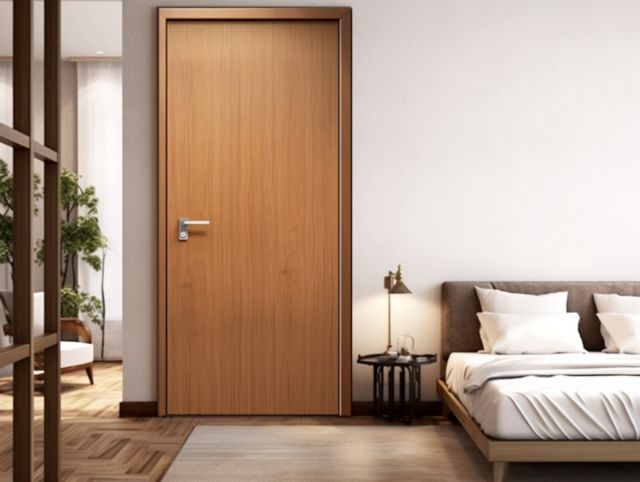
Regular Doors
Regular doors often lack the same level of soundproofing capabilities as STC doors and frames; these may include lighter materials and hollow cores which don’t provide as much insulation to soundwaves. Furthermore, regular doors may lack special sealing mechanisms used by STC 35 doors leading to greater sound leakage and reduced overall effectiveness of soundproofing.
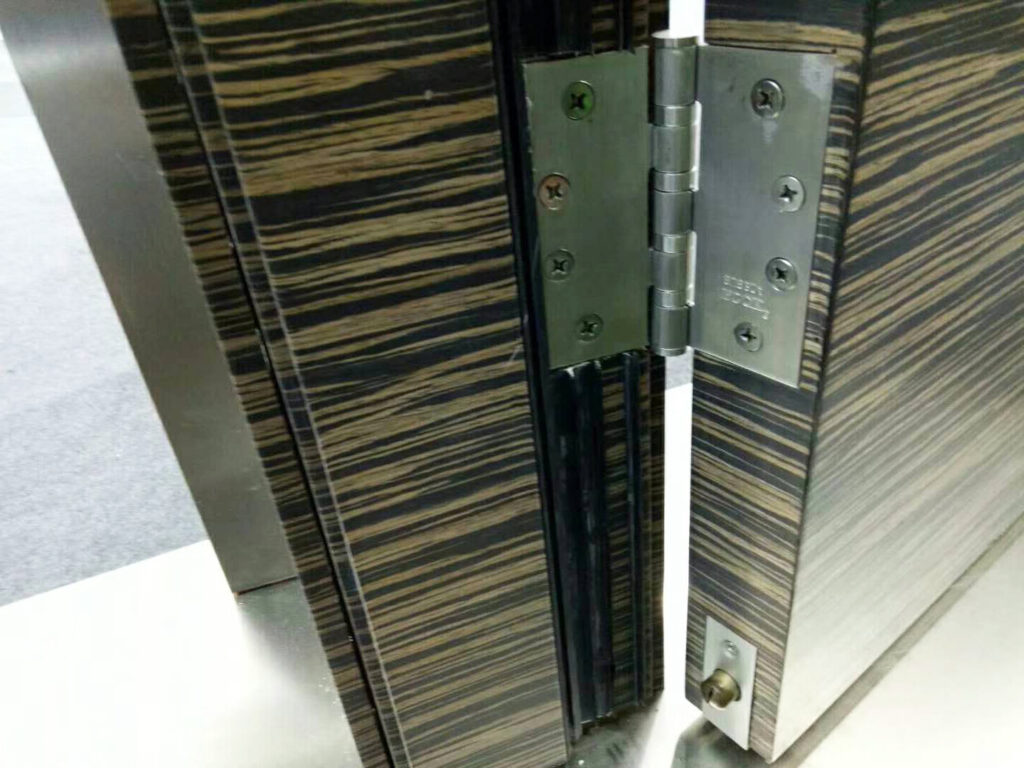
IV. Advantages of STC Rated Doors
Installation of STC 45 wood doors brings many advantages, making them a top choice in various settings. First and foremost, installing these doors helps increase privacy; be it in office spaces, hotels, or healthcare facilities where maintaining confidentiality and minimization disturbances is crucial for keeping conversations private behind closed doors. Furthermore, STC wood doors efficiently block out noise pollution so conversations and activities behind the closed door remain private and confidential.
STC-rated doors contribute significantly to increased comfort and productivity in busy environments where noise levels may be distracting, such as open-plan offices or educational institutions, where their soundproofing capabilities create a quieter, more conducive atmosphere that promotes concentration, reduced stress levels and enhanced productivity for individuals working or studying there.
STC rating of solid core wood door is mainly 35-38. Installing solid core door STC rating 38 may result in cost savings as they effectively block external noise, decreasing the need for costly soundproofing panels or treatments, potentially saving on overall expenses over time and making STC-rated doors an economical solution for soundproofing needs.
V. Choosing the Right STC Rated Door
Selecting an STC-rated door requires careful consideration of various factors. One key aspect is assessing your desired soundproofing level based on your environment; different settings have different noise requirements so matching up an appropriate STC rating door with noise-reduction goals is vitally important.
Doors play a significant role in determining their soundproofing capabilities, with wooden and steel doors offering similar STC ratings. Wooden solid-core doors offer excellent sound insulation properties; their natural ability to absorb sound waves provides them with excellent acoustic insulation capabilities while steel provides increased durability and security without losing their soundproofing abilities.
Consideration should also be given to the thickness of a door. Thicker doors typically offer better soundproofing capabilities as their increased mass can block noise transmission more effectively; however, it’s essential that thickness meets practicality as excessively thick doors may not suit all applications.
As part of the selection process, door STC rating chart provides a valuable resource. By consulting these charts individuals can make informed decisions and select an STC door which best matches their specific requirements.
VI. Conclusion
In conclusion, STC-rated doors offer significant advantages when it comes to soundproofing. Recognizing what factors contribute to higher ratings is vital when selecting an STC door suitable for specific soundproofing needs.
Our analysis has unveiled the key differences between soundproof doors rated STC (Sound Transmission Classification) and regular doors, and explored their respective construction and design features that contribute to their superior soundproofing properties. STC doors, which typically feature solid core construction with special sealing mechanisms and sound-absorbing materials for effective noise reduction, offer quieter environments by significantly decreasing transmission noise levels.
STC-rated doors provide many benefits, from increasing privacy to comfort and productivity in offices, hotels, educational institutions, healthcare facilities and healthcare clinics. By reducing noise levels, STC rated doors create a more peaceful and conducive atmosphere which allows individuals to focus more easily and perform at higher levels. Plus, potential cost savings associated with soundproofing measures make STC rated doors an economical solution over time.
When selecting an interior door STC rating 35-45, key considerations include desired level of soundproofing, material type (wooden or steel), thickness, and STC rating charts as a source of guidance in making informed decisions.
Proper installation and regular maintenance are necessary to achieve optimal soundproofing performance. By following installation tips and conducting scheduled maintenance checks, the longevity and effectiveness of STC rated doors for soundproofing hotel rooms can be preserved.
Highest STC rated interior doors can help create quieter and more pleasant environments by blocking out noise that causes distraction, increasing privacy and productivity – these benefits make STC doors an excellent solution for soundproofing requirements.
Pleased thanks for reading our blog post about STC-rated doors vs regular doors, we hope this information has been beneficial in understanding the importance and advantages of soundproofing doors with STC ratings. Should any further queries arise or assistance needed please don’t hesitate to contact us.

